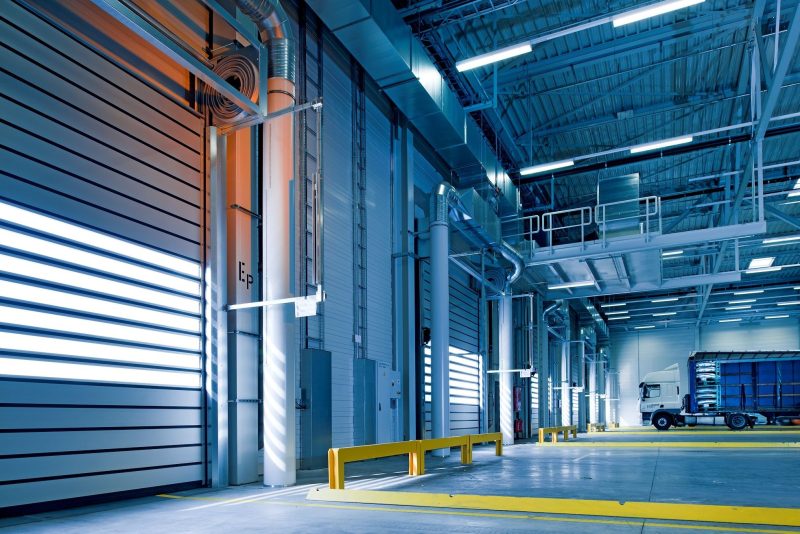Warehouse Robotics
What is Warehouse Robotics?
Warehouse Robotics is the application of automated robotic technology to complete essential warehouse tasks like picking, counting, sorting, and transporting of goods. This technology streamlines repetitive, time-consuming, and boring tasks to make them more simple and more efficient.
In turn, warehouse robotics reduces strain on warehouse workers, eliminates tasks prone to human errors, and increases the overall productivity of the warehouse. These robots use technology like artificial intelligence (AI), machine learning, advanced sensors, Internet of Things (IoT), warehouse management software, and more to operate autonomously in the warehouse.
What is Warehouse Robots used for?
Warehouses employ robotic technology to perform a wide range of tasks, including:
-
Picking
Advanced warehouse robots can locate and pick goods themselves to fulfill orders. They can also help workers to find items in the warehouse quickly.
-
Sorting
Sorting is a time-consuming and boring task when done manually. Robots equipped with sensors and cameras can perform the task more accurately and quicker than humans
-
Counting
Some advanced robots are capable of counting stocks and updating the information on your warehouse management system. This way, they help you maintain the optimum stock level.
-
Transportation
Moving goods from one section of the warehouse to the other is the most common function of warehouse robots. Some robots can navigate the warehouse space and transport inventory independently.
Types of Warehouse Robots
-
Automated Guided Vehicles (AGV)
AGVs are for transporting goods from one section of the warehouse to the other. They come with sensors, cameras, and magnetic tracks. These robots reduce the dependency on manually-driven forklifts.
-
Automated Storage and Retrieval Systems (AS/RS)
These are computer-controlled robots used for storing and retrieving goods. These systems typically consist of cranes or shuttles that can receive goods for storage and pick them up when needed.
-
Articulated robotics arms
Articulated robotics arms are robots with multi-jointed limbs used to maneuver heavy goods within the warehouse. They can pick up, transport, and put down heavy items. These robots can perform operations that are generally considered unsafe for humans.
-
Autonomous Mobile Robots (AMR)
These are mobile robots with the capacity to navigate warehouse environments independently. They come with visual and audio sensors and board maps and can perform tasks like picking, moving, and counting.
-
Aerial drones
These are similar to the drones that deliver packages to our doorstep. Aerial drones locate, pick, deliver, and track goods in warehouses. They combine flight capabilities with logistics functionality.
Warehouse Robotics Example: Amazon Warehouse Robots
Amazon uses a range of robotic warehouse solutions in its warehouses and fulfillment centers. An example is its Autonomous Mobile Robots (AMRs) called Bert. These robots can navigate the warehouse independently and move heavy loads from shelves to workers. Amazon said the robots reduce the strenuous movement of warehouse workers and minimize the risk of injury.
Benefits of Warehouse Robotics
Some of the benefits of adopting warehouse robotics include:
- Warehouse robots streamline complex, repetitive, and time-consuming tasks. In turn, they reduce mental and physical strain on warehouse workers.
- Automating essential warehouse tasks reduces human error and makes your operations more efficient.
- Warehouse robots reduce labor costs by eliminating the need for humans to perform repetitive, futile tasks.
- Robots can perform dangerous warehouse tasks, thereby reducing the risk of injury to your workers
by Sid Bhatt, CCIM | SVN Commercial Advisory Group

